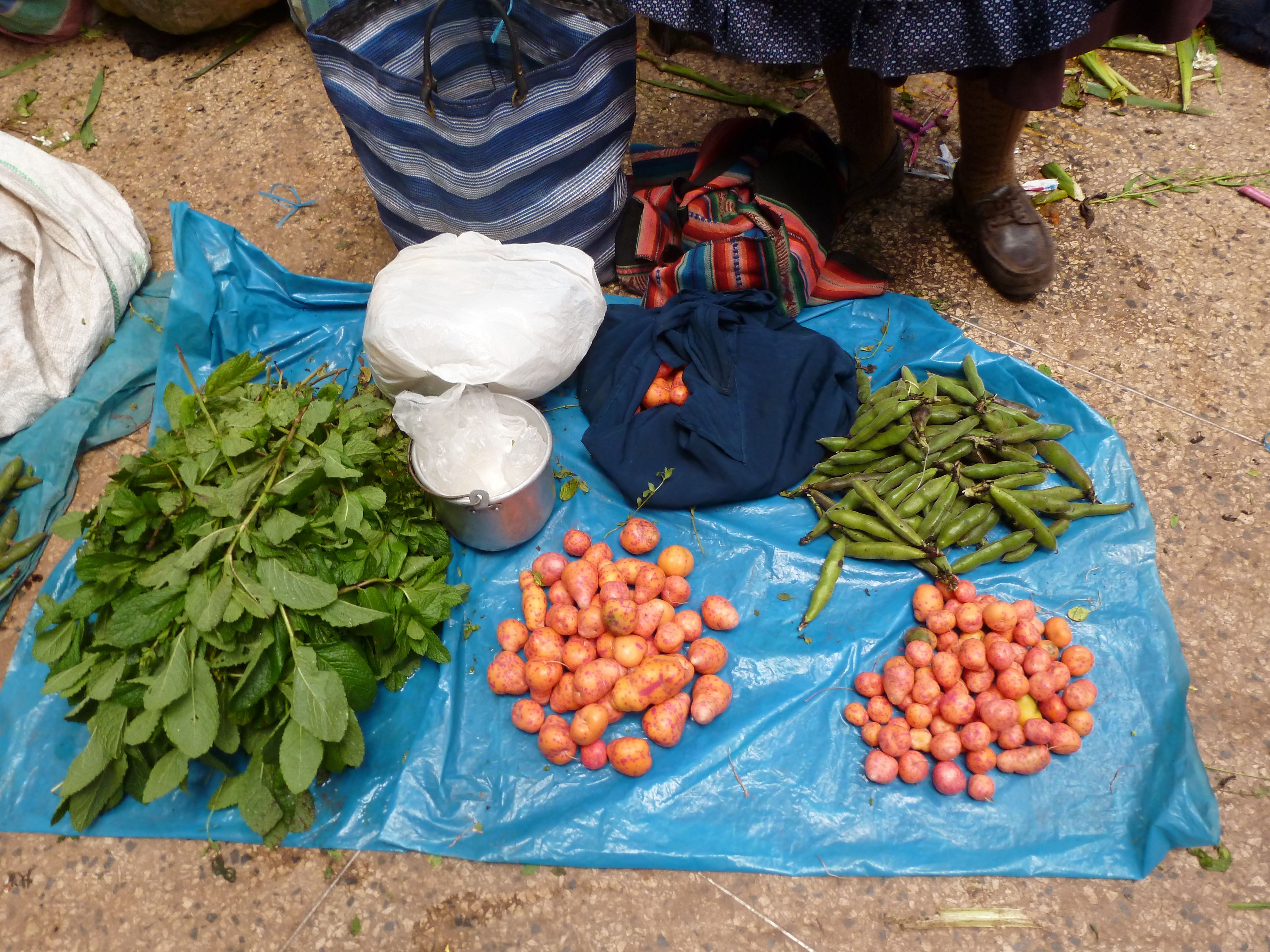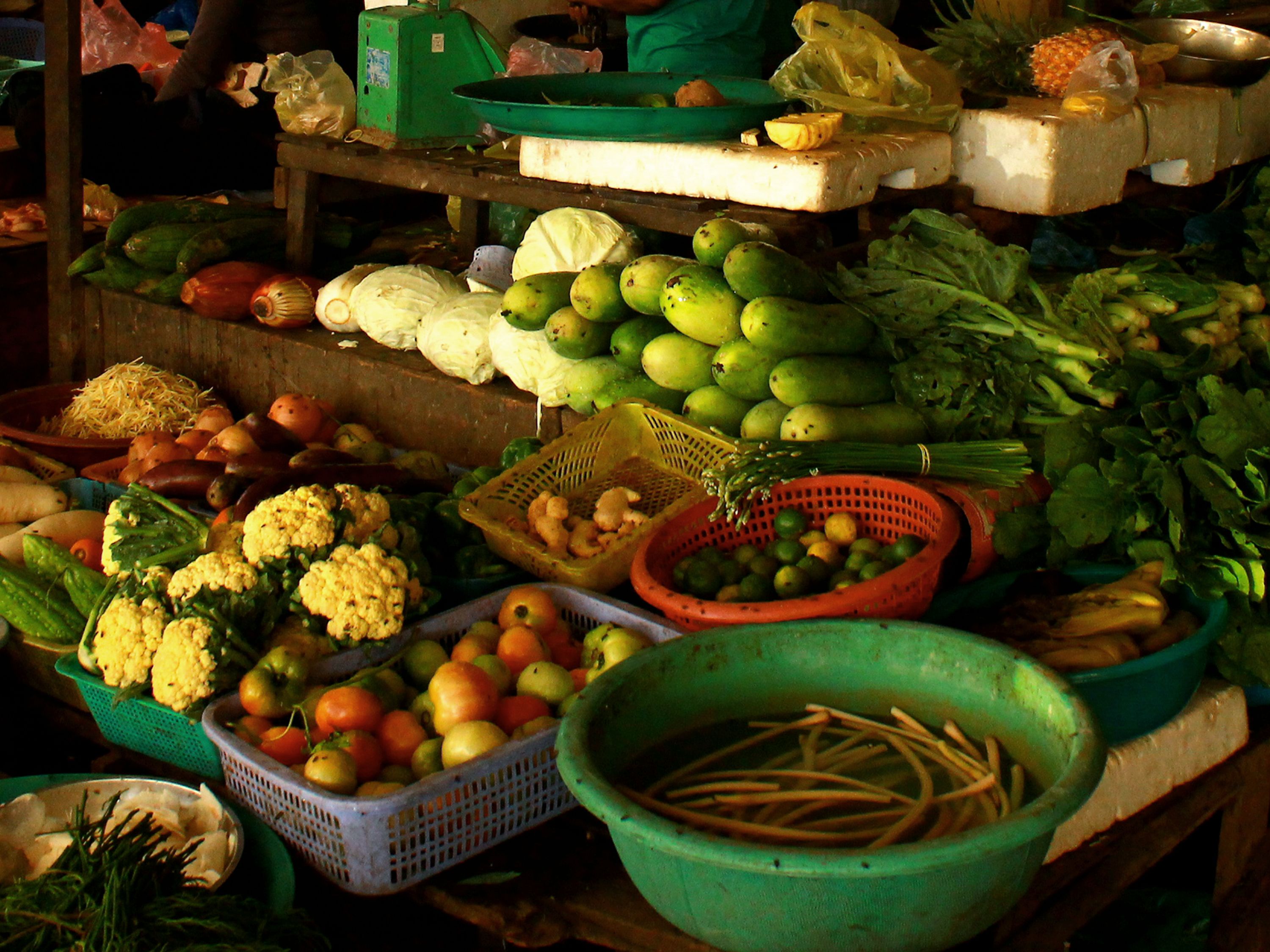Convention on Biological Diversity (CBD)
May 1, 2018
 ©
Carina Pionetti
©
Carina Pionetti
The Convention on Biological Diversity has as its objectives to
- preserve biological diversity
- use this diversity in a sustainable way
- obtain a balanced and equitable sharing of the gains resulting from the use of genetic resources (Benefit Sharing)
By adopting this treaty in 1992, the international community recognised for the first time the link between the protection of biodiversity and its valuation according to fair and equitable terms.
The key articles of the Convention
- The Convention recognises the sovereignty of states over their natural resources. According to article 15.1, the power to determine access to genetic resources belongs to governments and is regulated by national legislation.
- Article 15.7 of the Convention expects each party to take measures to ensure the fair and equitable sharing of the research results and the valorisation as well as the rewards resulting from commercial or other use of genetic resources with the contracting party supplying such resources.
- Article 8j of the Convention establishes that the use of knowledge, innovation and practices of native and local communities must only take place with the agreement and participation of the custodians of such knowledge, innovation and practices, and with an equitable sharing of gains resulting from their use.
An inadequate implementation
Although the Convention has been widely ratified – with the notable exception of the United States – it has only rarely been incorporated into national legislation, and its implementation has often been inadequate – in particular concerning the sharing of rewards.
To remedy this situation, the contracting states adopted, in 2010, the Nagoya Protocol on access to genetic resources and the fair and equitable sharing of gains resulting from their use. Legally binding, it was intended to guarantee the implementation of the sharing of rewards. Public Eye took part in the negotiations with the status of observer, and is today committed to the concrete implementation of the protocol at national level.
 ©
Michel Cermak
©
Michel Cermak
The Nagoya Protocol
The Nagoya Protocol expects in particular:
- That “the advantages arising from the use of genetic resources and subsequent applications and commercialisation are shared in a fair and equitable manner with the party which supplies such resources and is the country of origin of these resources or a party that has acquired the genetic resources conformant to the Convention. This sharing is subject to mutually agreed conditions.” (article 5.1).
- That “each Party take suitable legislative, administrative or general political measures with the goal of ensuring that the rewards arising from the use of genetic resources that are held by native and/or local communities, conformant to the internal legislation relating to the established rights of such communities to these resources, are shared in a fair and equitable manner with these communities according to mutually agreed conditions.” (article 5.2)
However, certain articles of the Protocol have not been drafted in a sufficiently precise manner. It is therefore the responsibility of the member states to incorporate these principles in the best way possible in their national legislation, in order to fight efficiently against biopiracy.
The responsibility of user states
No profit must be made from illegal access to genetic resources or without a sharing of rewards. To fight effectively against biopiracy, checks are essential, in particular for the authorisation of medicines and cosmetics, and before patents are granted.
Moreover, it is essential that user countries ensure that they respect the national legislation of the country of origin of the genetic resources in question and guarantee an equitable sharing of the rewards that they obtain from their use.
Lastly, it is essential that any new use of genetic resources conserved over the past decades in botanical gardens and gene banks in the northern countries be included in the implementation of the Protocol.

The two worlds of Nagoya
To a certain extent, the Nagoya Protocol has reached its main objective: most of the signatory countries have since adopted national legislation on access and sharing of the gains.
However, the report “The two worlds of Nagoya” published in December 2016 by Public Eye and Natural Justice brings to light the huge differences that subsist between the legislation of European countries and those of the supplying countries. It underlines the adverse effects of these divergences on access and the sharing of benefits, and puts forward concrete solutions to ensure the respect of the rights of supplying countries and local communities, and guarantees a fair share of rewards.

